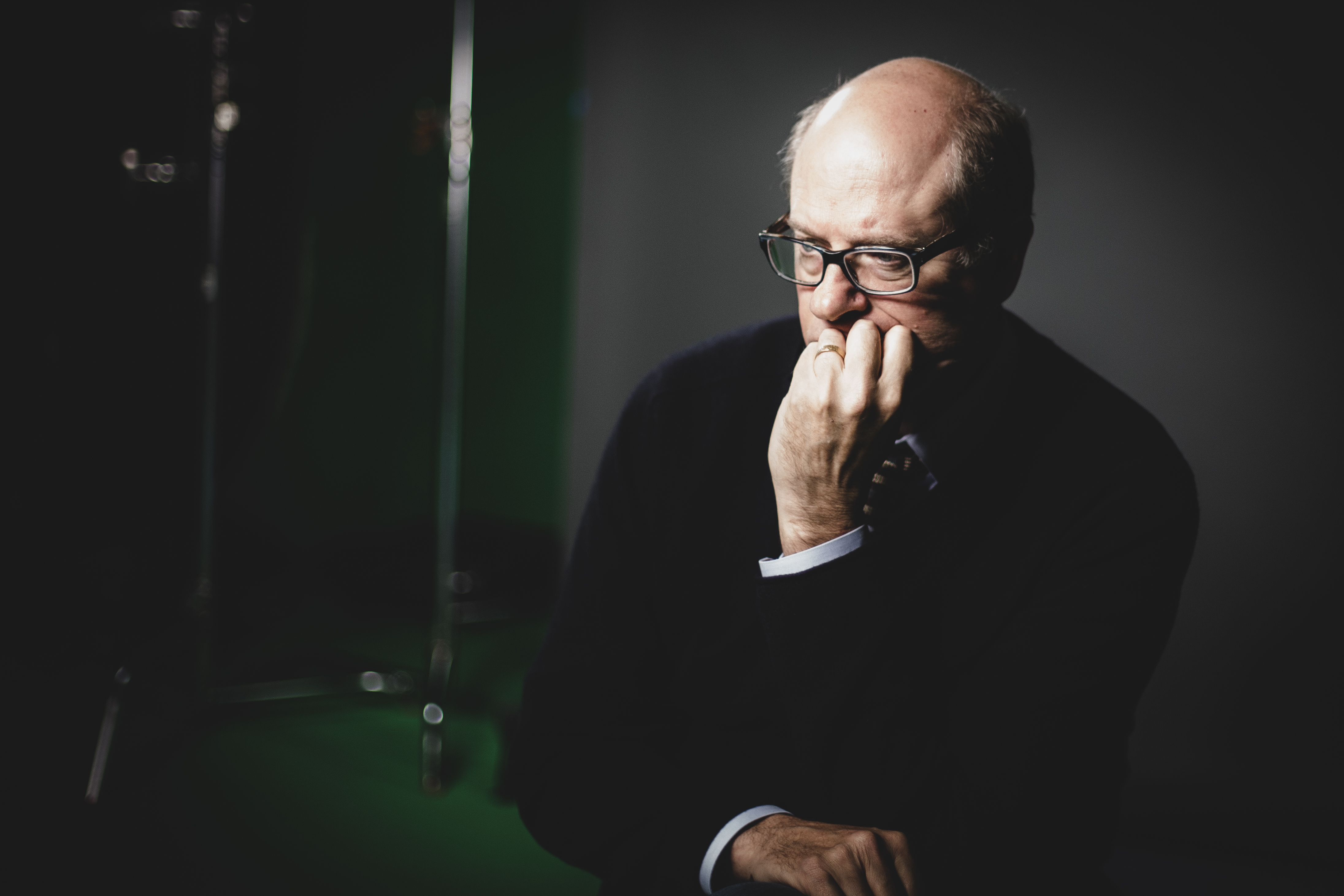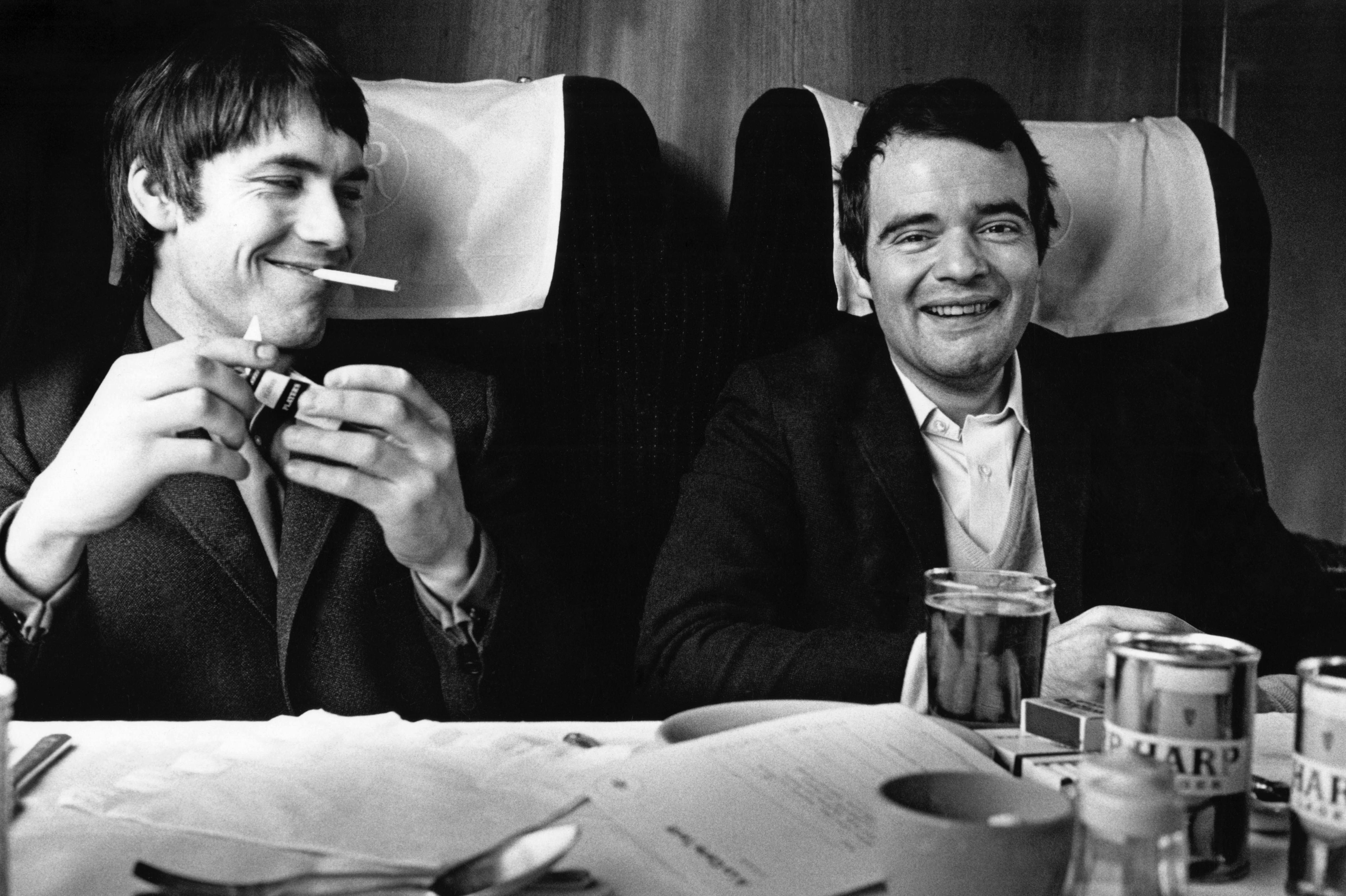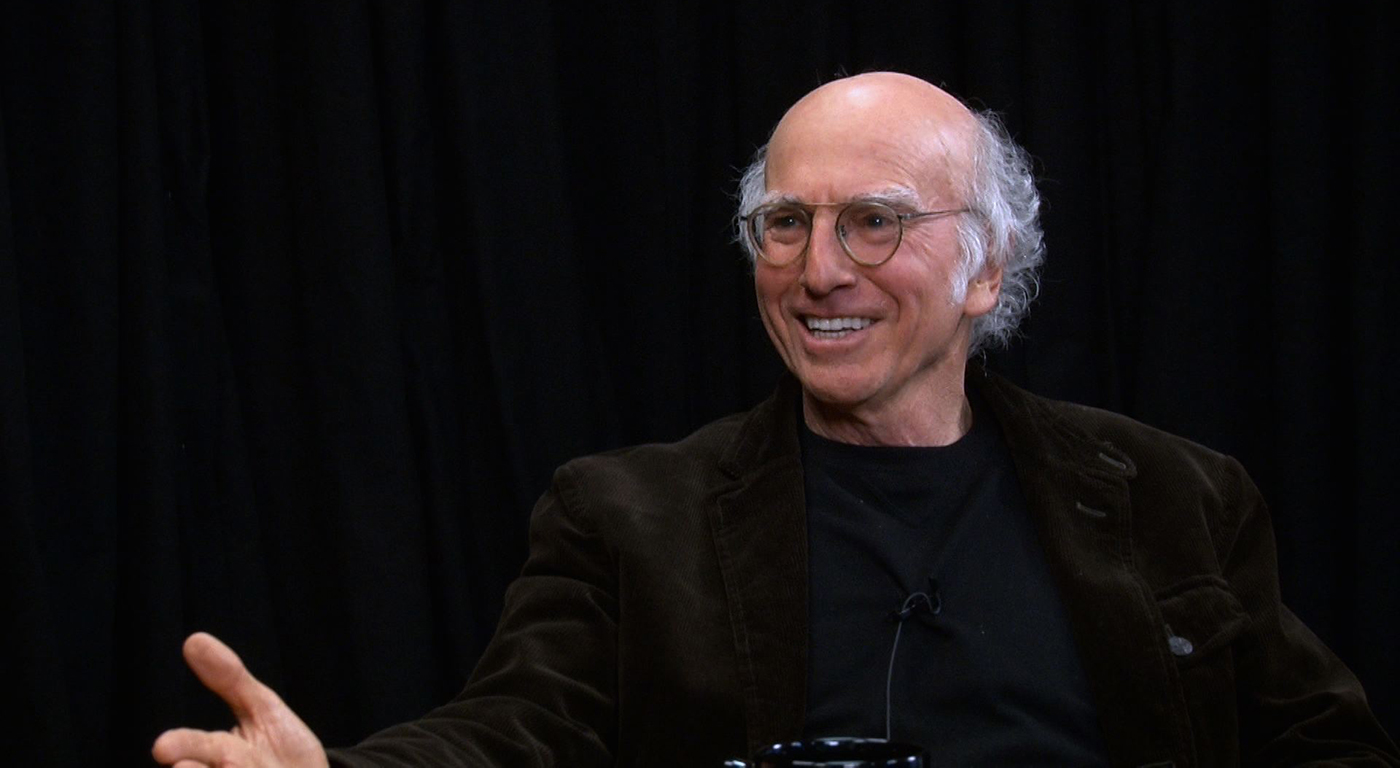THERE ARE MOMENTS while watching a film by Abbas Kiarostami when I feel cinema is being reinvented in front of my eyes. On the surface, Kiarostami appears to be working in a style inspired by films such as The Bicycle Thief and Rome, Open City, borrowing Italian neo-realism’s shot-on-the-streets approach and weaving of nonactors and real life events into the film’s fiction. This documentary-style directness and simplicity isn’t surprising given Kiarostami’s background of almost two decades of working in nonfiction shorts and features, but it’s really only a starting point for his cinema. The Iranian director’s richly layered style and structure reveal complex relationships between actor and character, story and the storyteller, presentation and audience. During the next two weeks, the Grand Illusion offers an opportunity to chart the development of the artist through his earlier “Earthquake Trilogy,” three films pulled together not by character and story but place and theme.
EARTHQUAKE TRILOGY
directed by Abbas Kiarostami
Where is the Friend’s Home?
plays August 20-26 at Grand Illusion
And Life Goes On. . .
plays August 27-September 2 at Grand Illusion
Through the Olive Trees
plays September 2-5 at Little Theater
WHERE IS THE FRIEND’S HOME? (1987) is Kiarostami’s first and most conventional fictional feature, the tale of Ahmed (Babek Ahmed Poor), a schoolboy who accidentally takes home his pal’s notebook and travels to a nearby village (against the express orders of his mother) to return it. The young boy’s face tightens in anxiety as he is confronted, berated, and ignored by adults during his mission of honor. In one scene, when a schoolteacher rips up his friend’s homework “to teach him a lesson,” Ahmed looks off in pained discomfort, his teddy bear eyes searching for some neutral place to fix.
Like his subsequent films, Where Is the Friend’s Home? is acted by locally cast nonprofessionals. The acting is akin to watching real people “play” themselves in a documentary, so conscious of the camera that they perform to it. This marriage of actor and part creates characters that don’t quite meet the cinematic standards of “realism,” yet they emerge as completely genuine. Toward the end of the film, as night falls and Ahmed is still anxiously searching for his friend’s home in an unfamiliar town, a lonely old carpenter offers to show him the way. As they walk through the town, the old man shows off his legacy of doors and windows, which appear like ornaments in the dark, the colors of stained glass windows and intricate designs of grilles thrown into relief on alley walls. It’s a marvelous contrast: the impatience of youth hurrying the shuffling pace of age, the beauty of craftsmanship disappearing in the face of modernity.
The 1992 And Life Goes On . . . charts the efforts of a director (Ferhad Khermanend, playing a fictionalized but unnamed Kiarostami) and his young son as they return to the setting of Where Is the Friend’s Home? in the wake of the devastating 1990 earthquake. Kiarostami imagines his own journey as a fictional drama set against the real-life legacy of the disaster, the camera simply watching out the car window for much of the film, taking in the changing landscape, the ruins of mud buildings and small houses, and the streams of homeless people hauling food and equipment to makeshift shelters. The movie is ostensibly about the search for the two boys who starred in the earlier film, but it turns into a kind of fictional documentary—filtered through a self-reflexive prism—about the strength of the human spirit in the face of disaster.
KIAROSTAMI’S SELF-AWARENESS becomes even more complex in Through the Olive Trees (1995), a fictional drama about the making of And Life Goes On. . . . In the opening shot, a bearded man addresses the camera: “I’m Mohamed Ali Keshavarz, the actor who plays the director. The other actors were hired on location.” Before the scene is over the actor transforms into his character, Jastarian, and proceeds to cast his picture. It’s a marvelous glimpse into the working methods of Kiarostami (if in fact we can believe the accuracy of his recreation), but that becomes merely one of the many layers of “reality” in this film. Khermanend, who played the director in And Life Goes On . . . , returns to play the part in Jastarian’s film (that makes two fictional Kiarostamis on-screen!), but his story becomes secondary to a lovesick actor playing the husband of a young woman he loves and has been forbidden to marry.
While Abbas Kiarostami is generally acknowledged as the leading light of Iranian cinema, his films have not enjoyed the popular success of some of his contemporaries. Denying almost all conventions of Western cinema, the director leaves his films elusive to many audiences. But if they are perplexing, the films are also fascinating in their combination of grace, complexity, and pure, unconditional humanism. Kiarostami’s best works conclude with simple, silent, open-ended scenes, constituting some of the most sublime moments in modern cinema.







